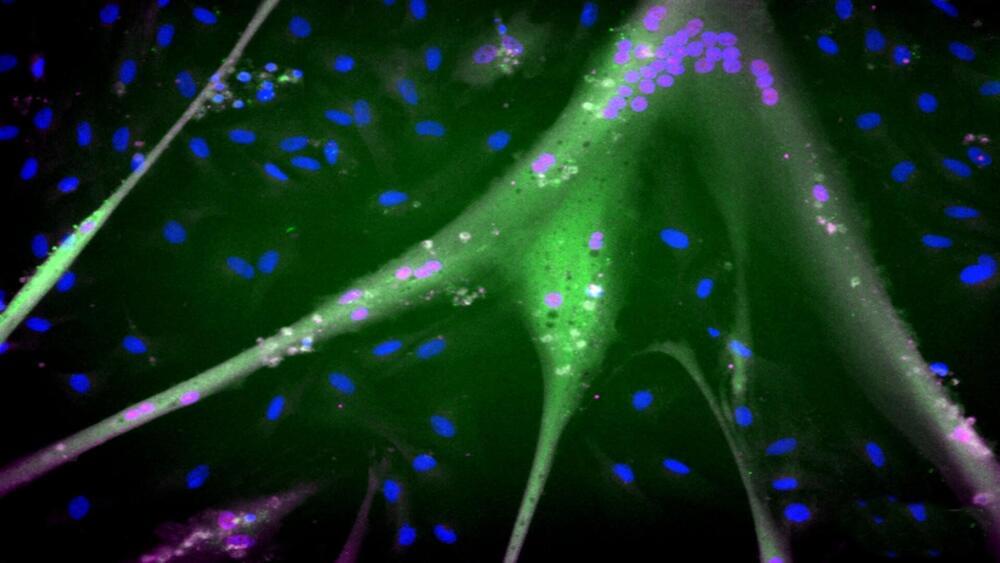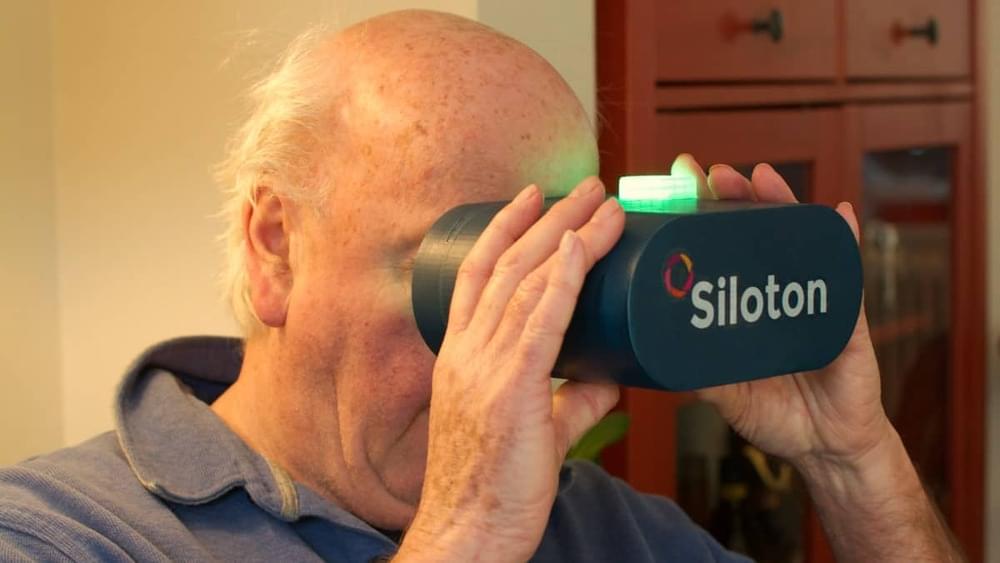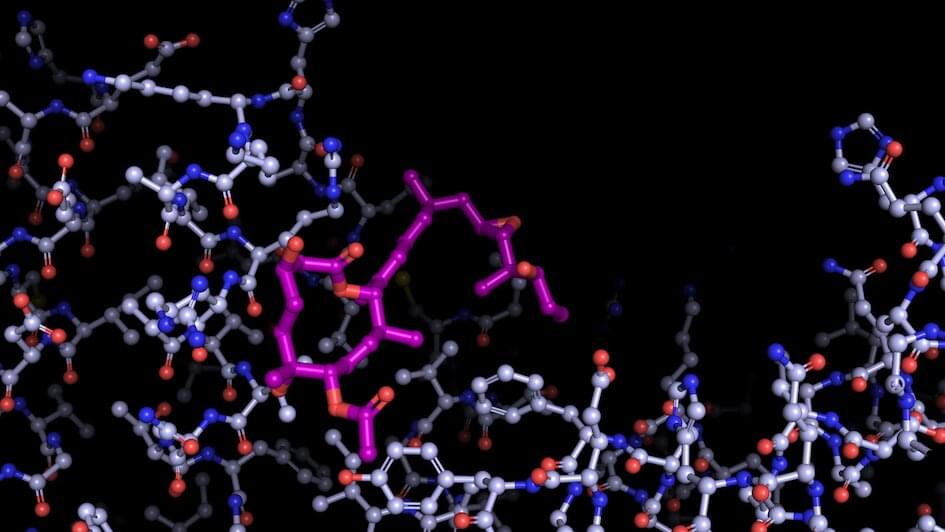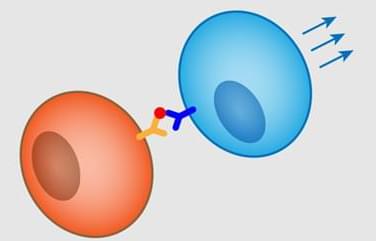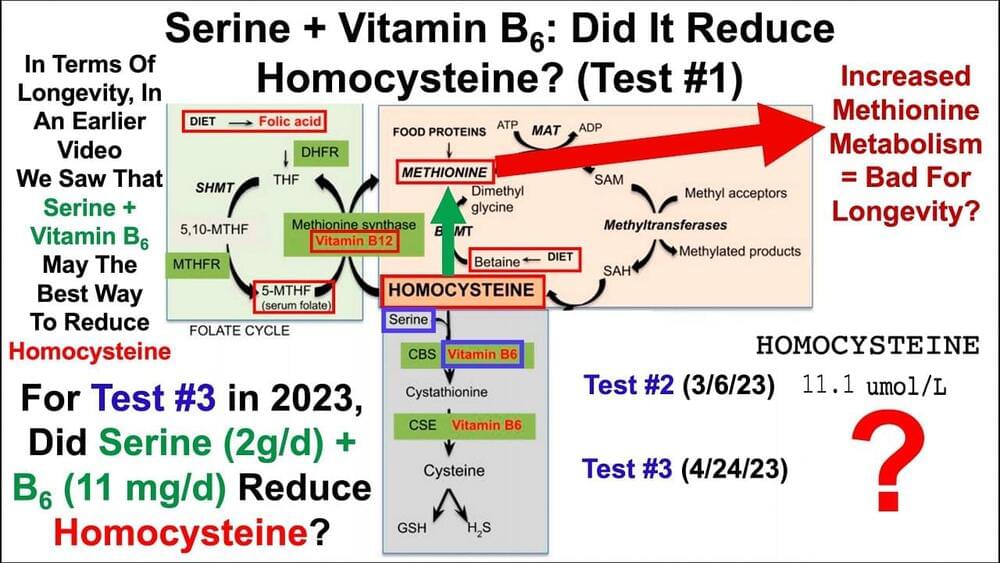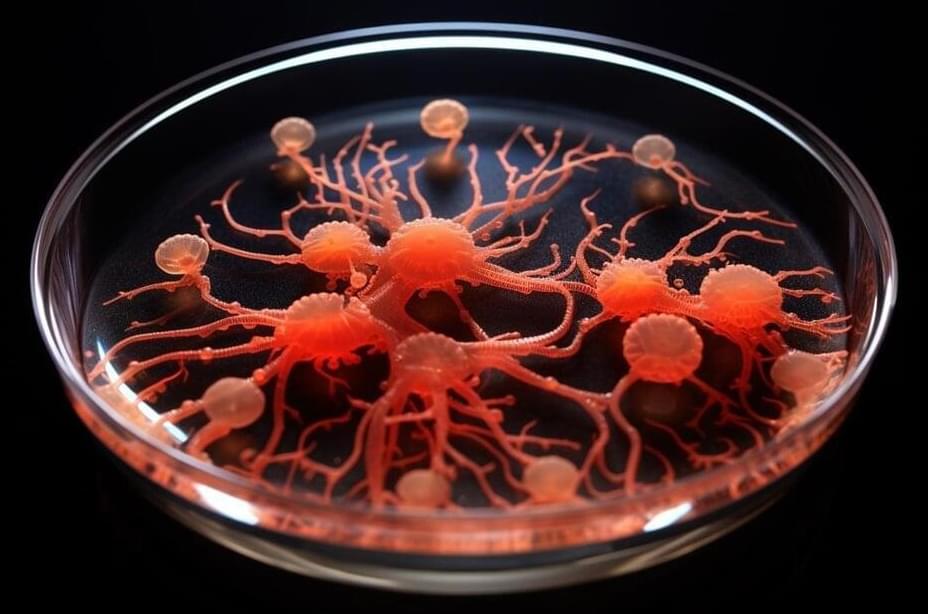May 11, 2023
Breakthrough in cellular agriculture, a game changer for cultured meat industry
Posted by Gemechu Taye in categories: biotech/medical, life extension
Researchers at Tufts University developed immortalized bovine muscle stem cells for cellular agriculture, potentially overcoming scaling challenges for meat production.
Andrew Stout, Tufts University.
Currently, it is difficult and expensive to produce cell-cultured meat because muscle and fat cells need to be able to grow and divide rapidly. Normal muscle stem cells can only divide about 50 times before they stop dividing and die. However, immortalized cells developed by the TUCCA team can divide indefinitely, which means they can produce much more meat.
Continue reading “Breakthrough in cellular agriculture, a game changer for cultured meat industry” »
